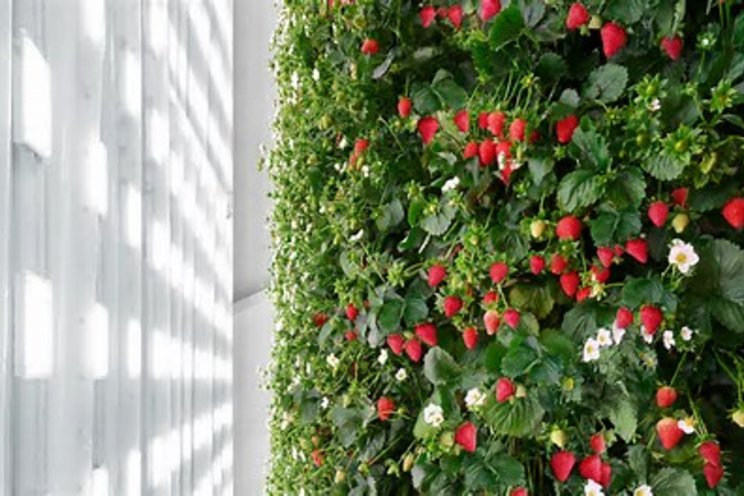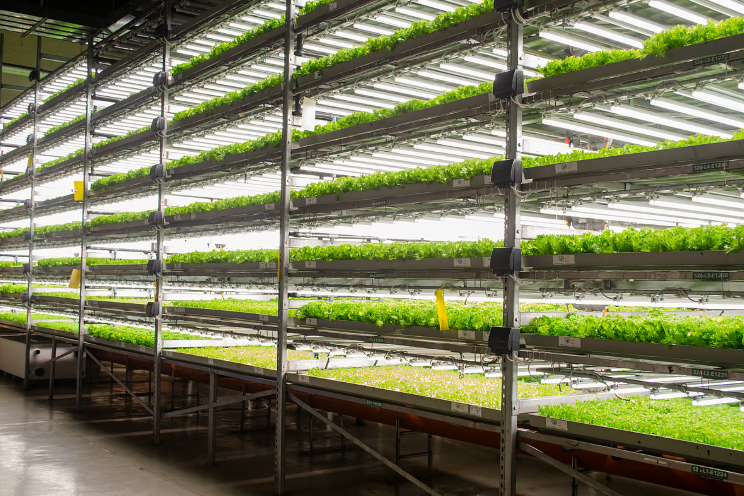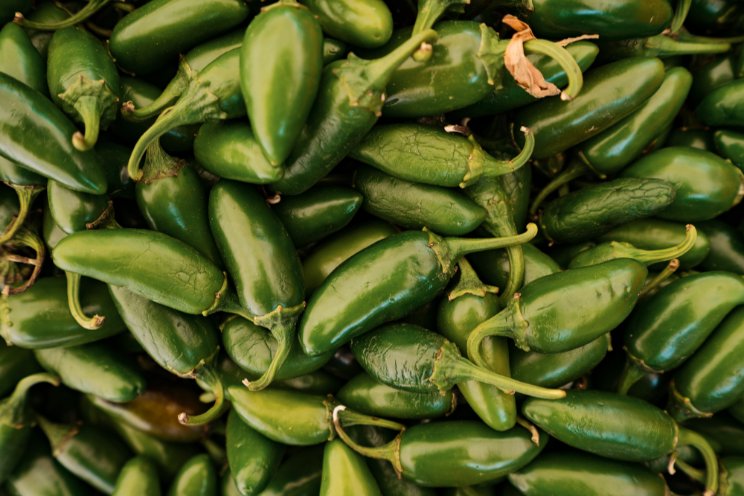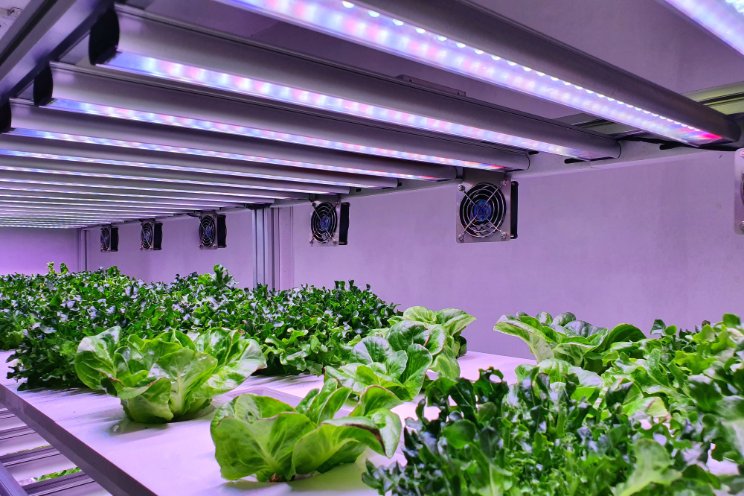Can lowering fertilizer rates help you save money?
Added on 02 September 2023
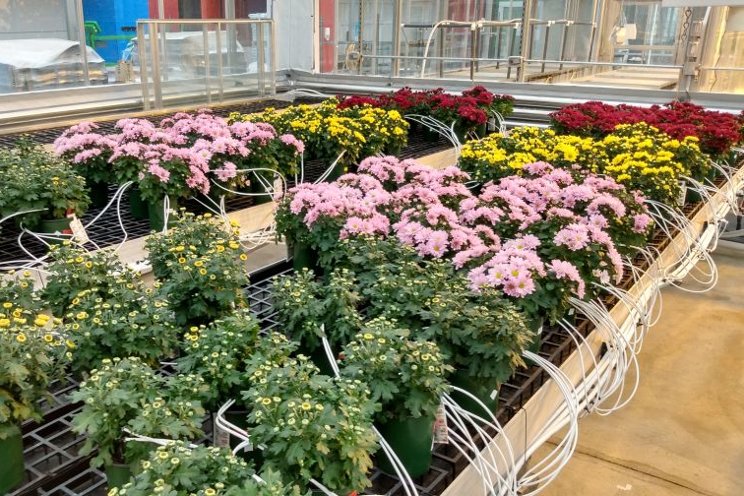
Unfortunately, supply chain issues caused by the pandemic slowdown, and exacerbated by the subsequent war in Ukraine, have negatively affected the global supply of fertilizer and plant nutrients. These supply issues have led to rising fertilizer prices for growers.
As input costs rise, how can growers respond and save money, while still producing first-rate products? This topic was recently addressed by Jessie deHaan, Research Technician at the Vineland Research and Innovation Centre in Ontario, in a post on OnFloriculture.com.
deHaan notes that previous studies at the University of Guelph indicated that floriculture crops often receive more fertilizer than they need. Besides the obvious economic benefits (lower input costs), lowering fertilizer input can also prevent nutrient runoff and protect lakes and waterways from increased phosphorus and nitrogen levels escaping from nearby farms. But is it possible to lower fertilizer input but still produce the same high-quality plants? If so, how low is too low?
Photo caption: Four chrysanthemum varieties growing side by side at 75ppm (left side of benches) and 250ppm of N (right side of benches) of N in a Vineland trial. Photo: Jessie deHaan
More news

